Local naturalist, Charlotte Rankin, provides a short guide to the red-tailed bumblebees that you could spot in the North East.
In the North East, there are a number of bumblebee species with red tails. Once you have identified a red tail, looking at the extent of the red tail and hair banding can help you to identify the bumblebee species. Here are four red-tailed bumblebee species you can encounter in the region.
Red-tailed Bumblebee
The Red-tailed Bumblebee is a widespread and common bumblebee in the region. This distinctive bumblebee nests underground, typically in old rodent burrows. Nests are large, containing up to 300 workers.
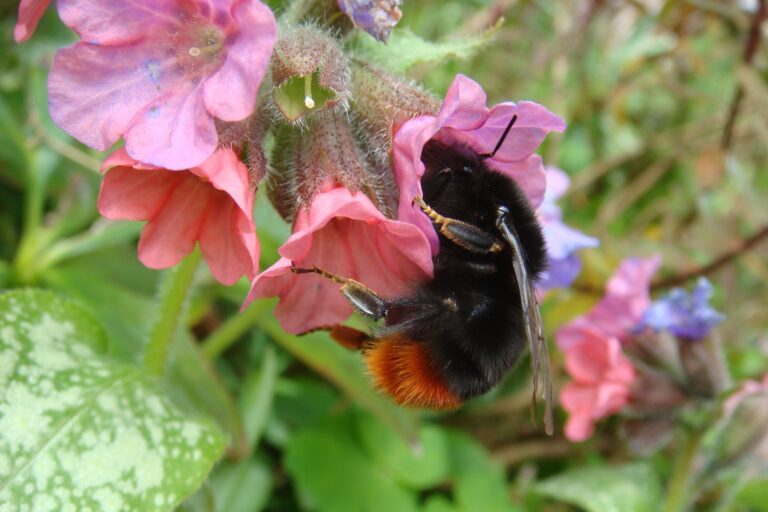
Queens and workers
Queen Red-tailed Bumblebees are striking bees with a dense black coat and fire engine red tail.
Workers resemble smaller versions of the queen. In the height of summer, the tails of workers can fade to orange-red from sun exposure.
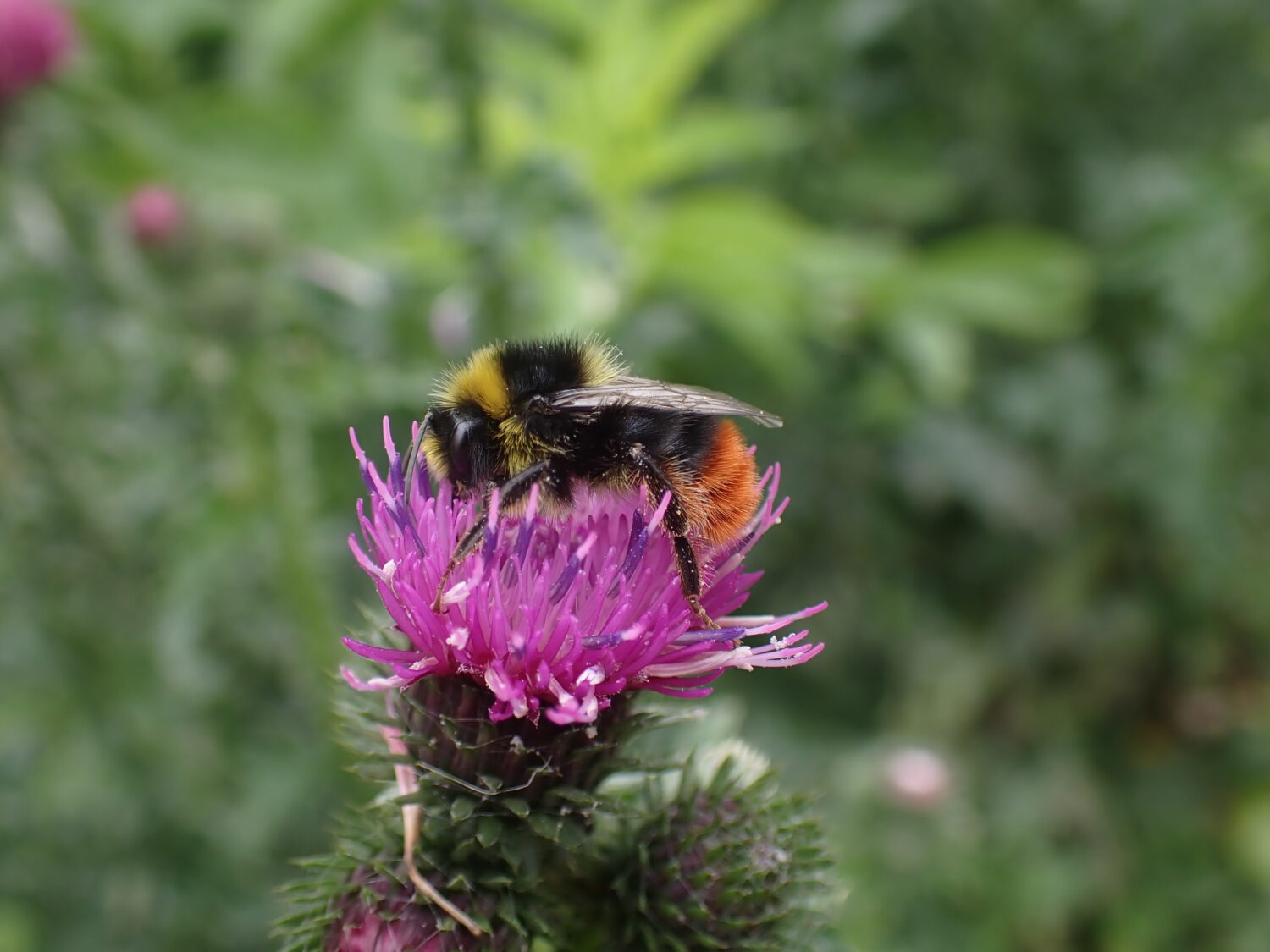
Males
Unlike females, male Red-tailed Bumblebees have yellow hair banding and facial hair.
The yellow facial hair, or moustache, is distinctive. Males also have a yellow collar behind the head and at the bottom of the thorax.
Early Bumblebee
The Early Bumblebee is the smallest bumblebee species in the UK. As its name suggests, this bumblebee is out early in the year alongside Buff-tailed and Tree Bumblebees. Nests also come to an end earlier than other species, and males can be seen from May.
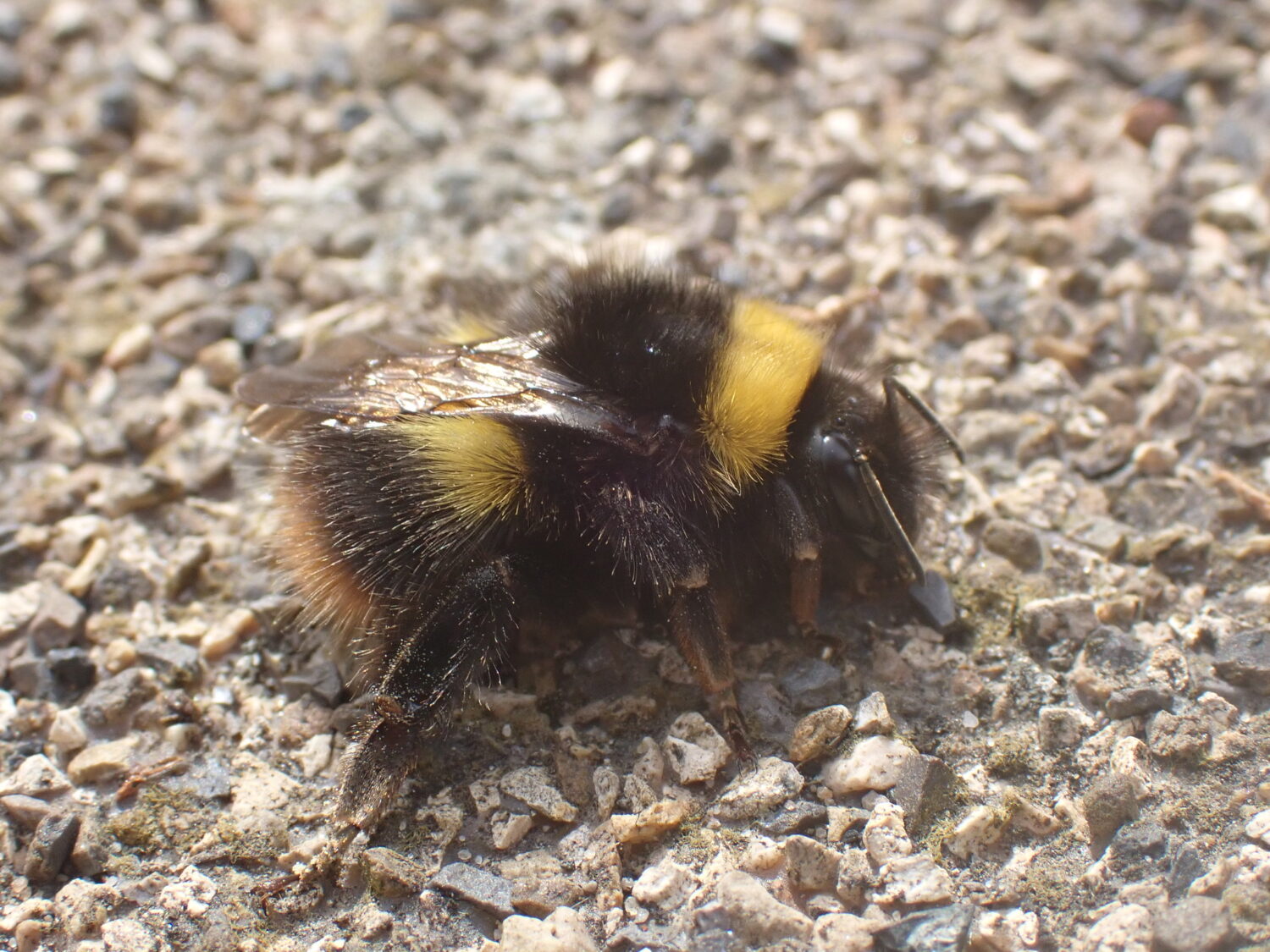
Queens and workers
Queens and workers have small orange-red tails. The small extent of the tail means that it is easy to miss. Queens are smaller than queens of other bumblebee species.
There is also a bright yellow hair collar behind the head and a band across the abdomen. Workers resemble small versions of the queen and the abdomen band is often absent or very faint.
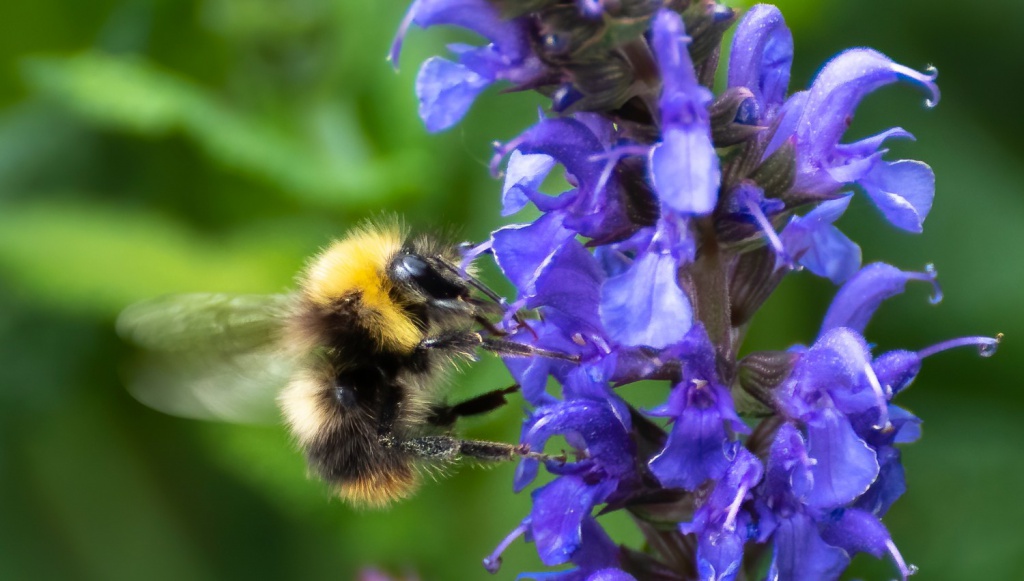
Males
Male Early Bumblebees look similar to queens and workers, but are more extensively yellow and have yellow facial hair or ‘moustache’.
Male Early Bumblebees are more extensively yellow than male Red-tailed Bumblebees. Male Red-tailed Bumblebees are also more elongate.
Bilberry Bumblebee
The Bilberry Bumblebee is an upland species and closely associated with heathland. The North East holds important populations for this less common bumblebee. A key feature of this species is the extensive red tail that covers half of the abdomen. Look out for this upland species in both Northumberland and the North Pennines.
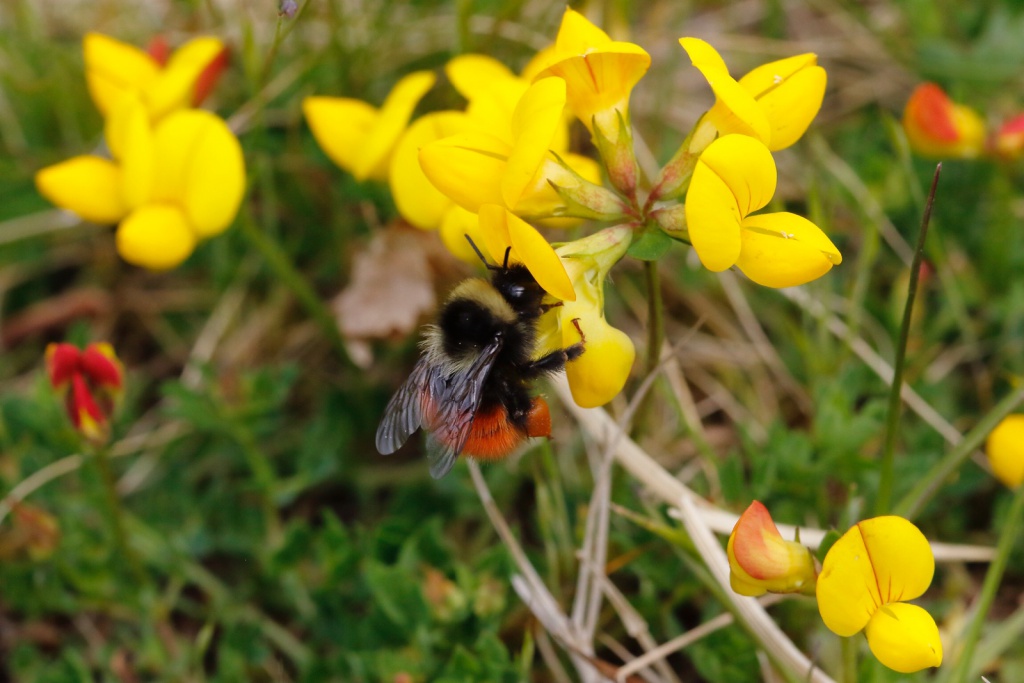
Queens and workers
Females have extensive red tails with yellow banding.
There is a yellow collar behind the head, and a yellow band at the bottom of the thorax.
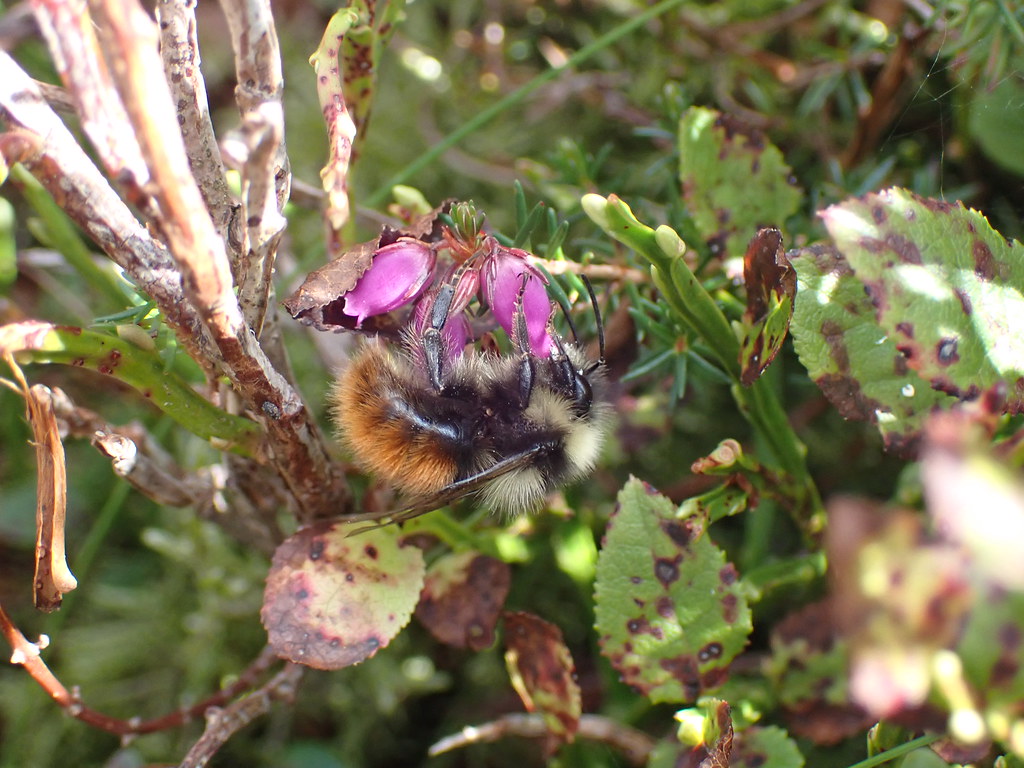
Males
Males are similar to queens and workers with a large red tail and yellow banding. However, males also have yellow facial hair and the yellow banding is more extensive.
Red-tailed Cuckoo Bee
The Red-tailed Cuckoo Bee is no ordinary bumblebee. It is a nest usurper, taking over the nests of the similar-looking Red-tailed Bumblebee. It is considered a scarcer bee in the region but recent records indicate it is becoming more widespread in the region.
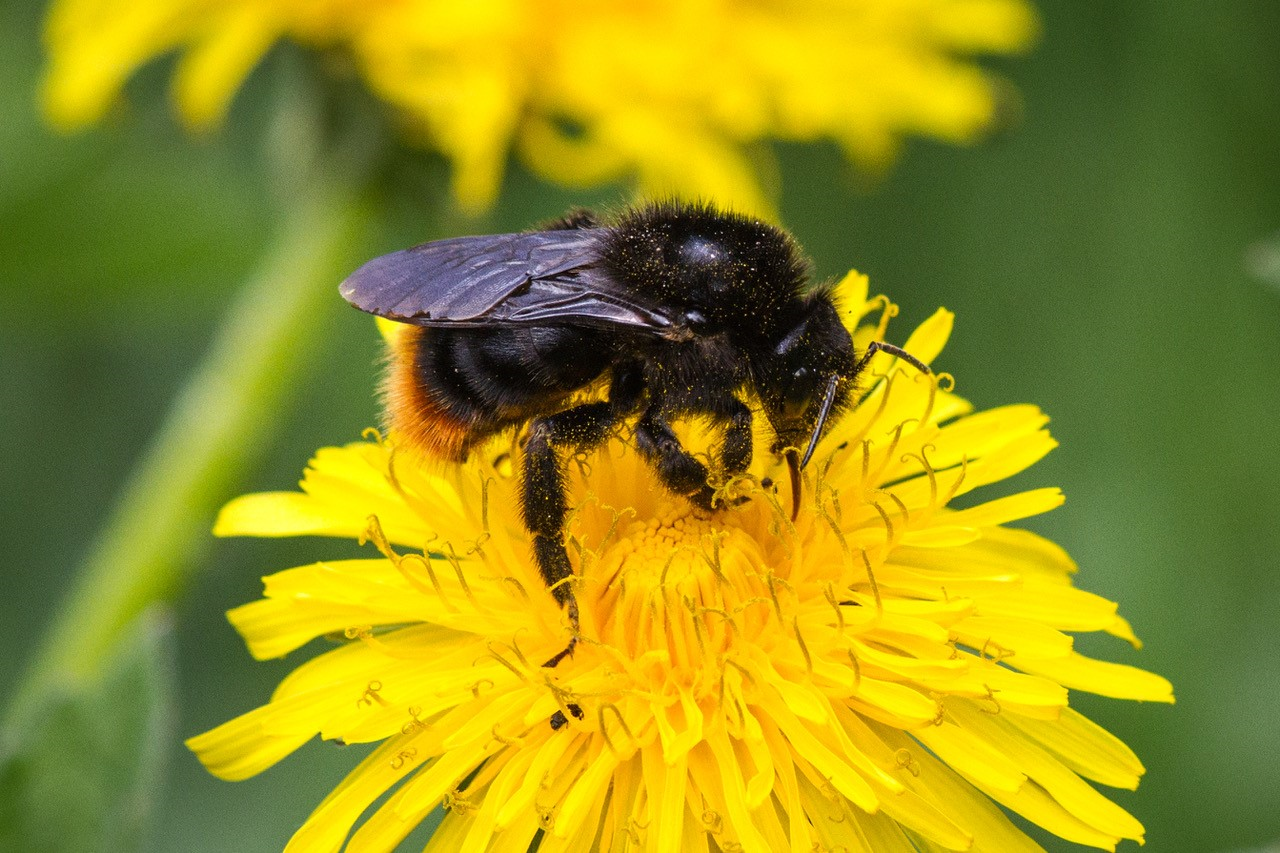
Females
Females are large and striking bumblebees. Females have jet black fur with a red tail. The wings are distinctively dark and can appear almost black. The sparser fur means that the shiny body surface can often be seen.
As female cuckoo bees do not collect pollen, female Red-tailed Cuckoo Bees lack shiny pollen baskets and so have densely haired back legs.
Sometimes there is also a faint yellow collar behind the head. This also helps to separate female Red-tailed Cuckoo Bees from female Red-tailed Bumblebees.
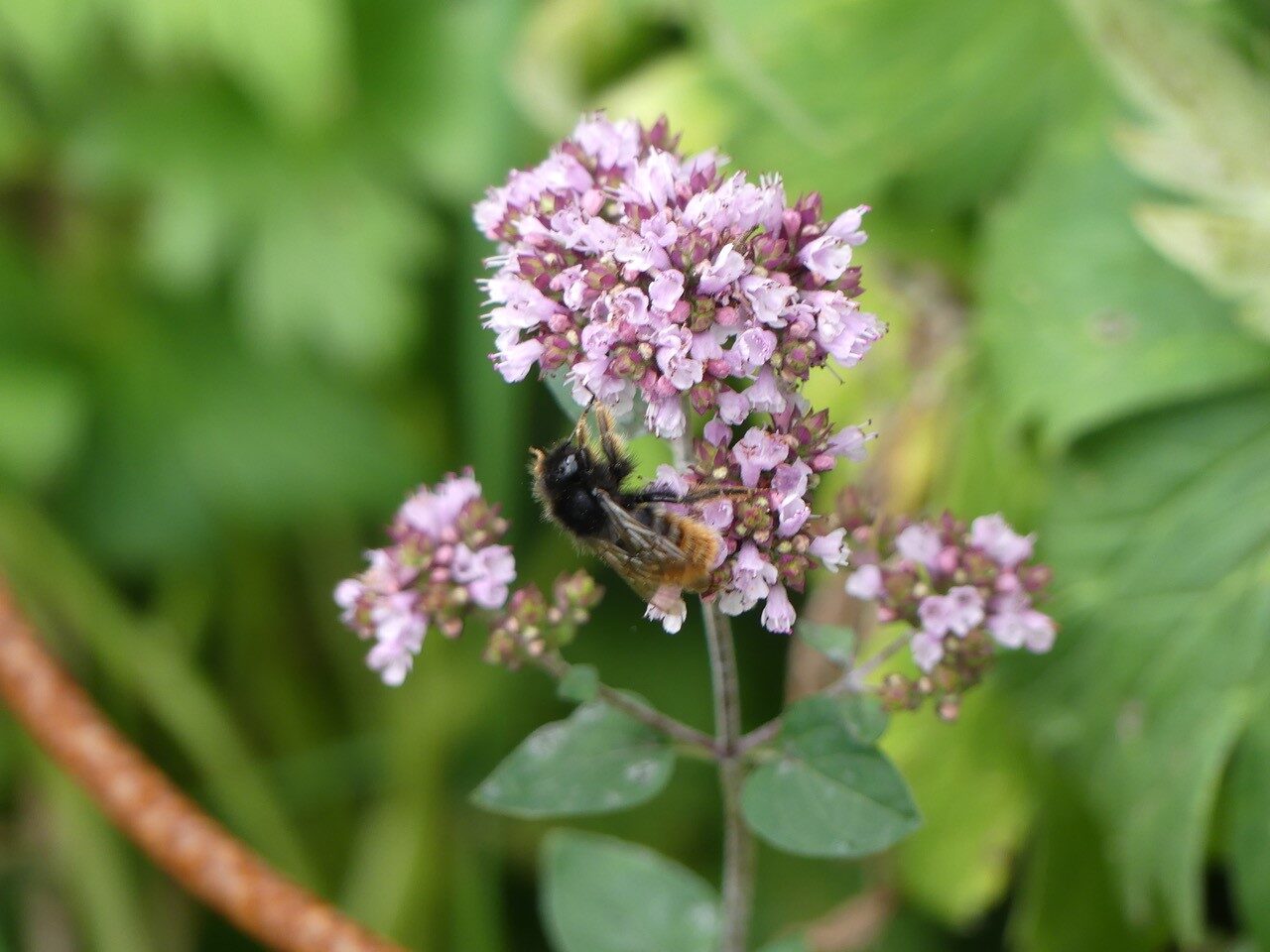
Males
Male Red-tailed Cuckoo Bees are smaller than the females, with a red tail and black fur. There are often pale straw-coloured bands of hair across the body.
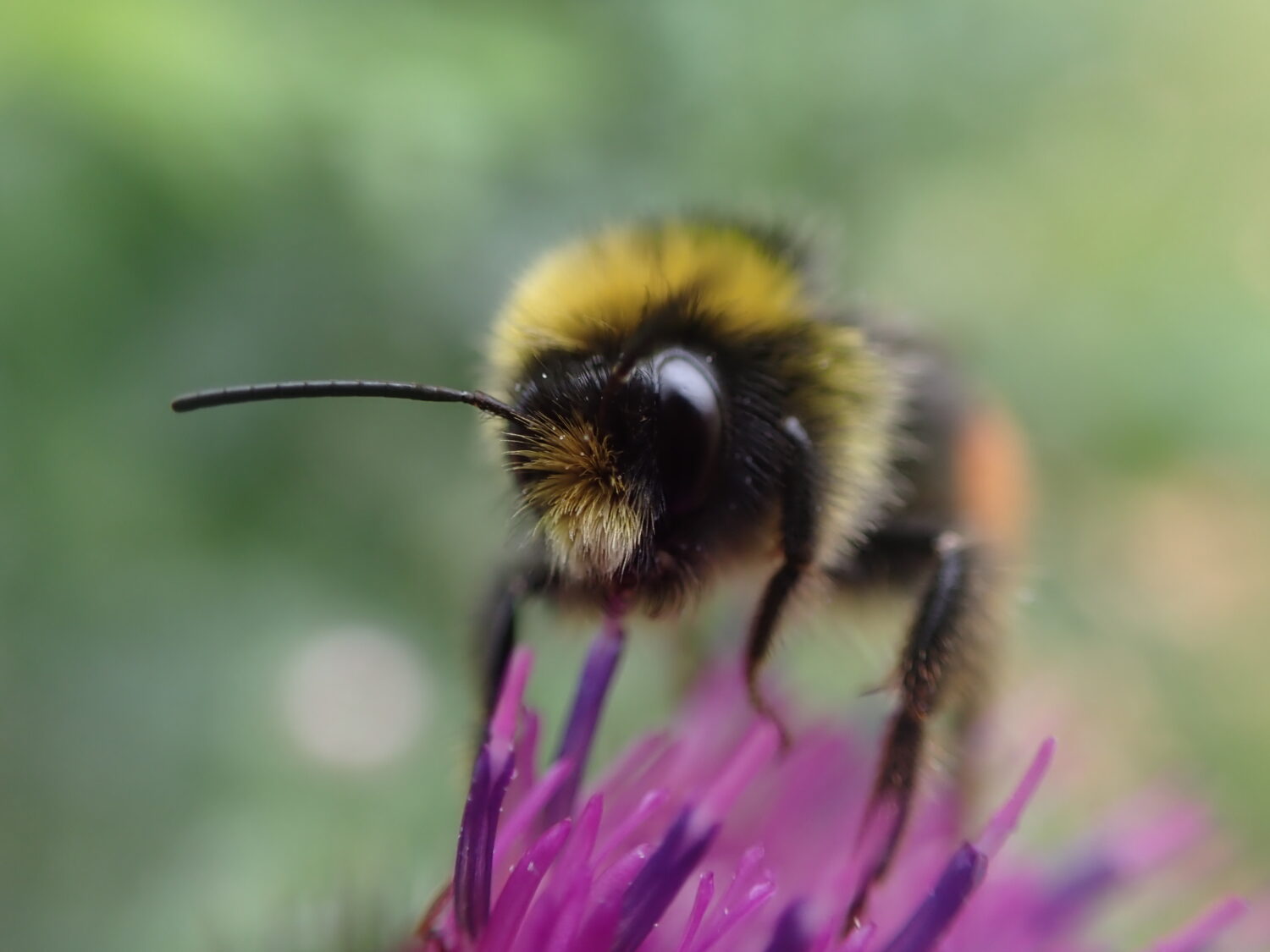
Join the North East Bee Hunt
Urban or rural, beginner or expert, we need your help to record bees across the North East this spring and summer.
Your records can add to our understanding of bees in the region and inform conservation and monitoring efforts.
Taking part is easy and every record counts, wherever you live in the region. Records of all bee species are encouraged.